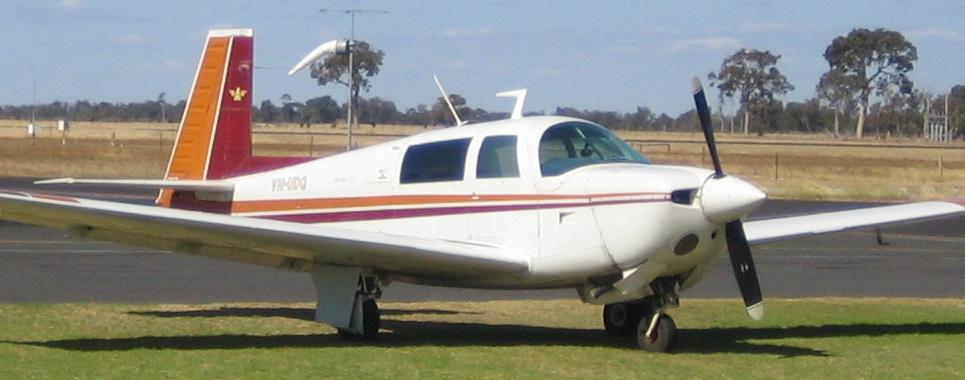No they aren't fire breathing dragons at all. However, this is brought up again and again because Mooneys do not fly exactly like a an Arrow, or Warrior, or Skyhawk, or a Cutlass, or even a Skylane when it comes to the landing phase. Again and again we witness people landing too fast in Mooney.
This is often due to entering the pattern too fast, or ending up too high on final. In the Cessna and Piper products most GA pilots are familiar with, these situations aren't a big deal, just pull the power and the plane will slow down and plummet. Pull the power on a Mooney and it will keep flying level longer. This fools noobies into pushing the nose over.
If you end up over the numbers too fast, you will float for days. You try to force it on and you will be looking at an engine tear down. The Mooney is much more sensitive to speed in the flare that the usual C and P models.
Yes, yes, we should all have learned perfect speed control by ten hours and by forty never do anything wrong in an airplane. However, that is not the real world. I'm sure it was for you, but nearly everyone else these days were taught just enough to fly a Skyhawk, or Warrior and not kill themselves, with a license to learn. Just the way it is.



